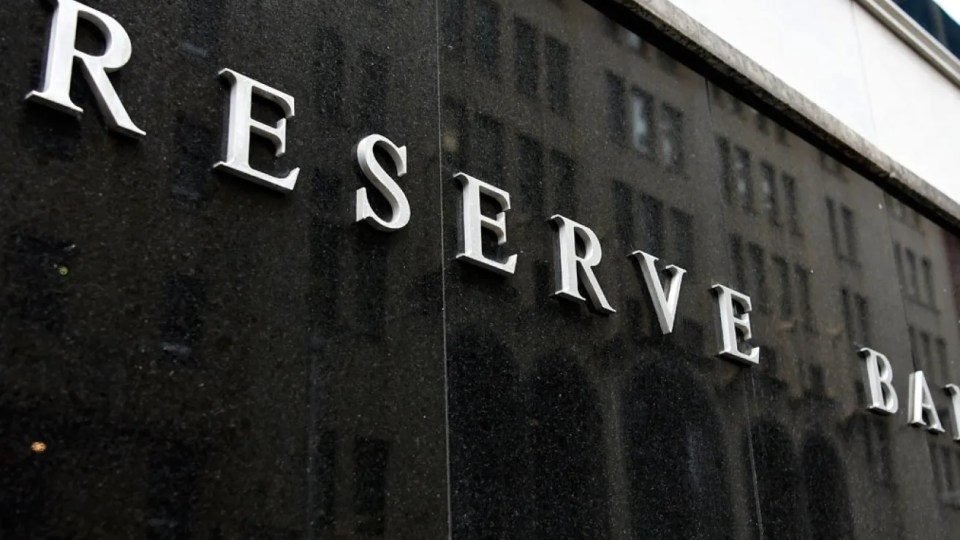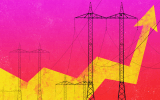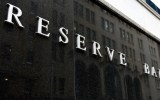


The Reserve Bank of Australia was blindsided by a surprise jump in unemployment after its shock decision to keep rates on hold, a read-out of the July meeting has revealed.
The central bank on Tuesday released minutes from its July 7-8 meeting, when it defied widespread expectations of a rate cut and left the cash rate at 3.85 per cent.
The minutes show that a six-to-three majority on the board judged the labour market remained too tight, among other factors.
But that was challenged last Thursday when the Australian Bureau of Statistics revealed the unemployment rate jumped to 4.3 per cent in June, taking the market and – seemingly – the RBA by surprise.
This bolstered the case of the dissenting three board members, who had argued for a rate cut.
However, six board members judged it was more prudent to leave rates on hold and wait for more data — including jobless figures — ahead of the August meeting, to confirm inflation was sustainably returning to target before moving lower again.
“Lowering the cash rate a third time within the space of four meetings would be unlikely to be consistent with the strategy of easing monetary policy in a cautious and gradual manner,” the board found.
The unemployment rate was 4.1 per cent in May, barely changed from a year earlier, while other indicators such as high job vacancies pointed to little movement in the near term, the board noted.
“The staff still assessed that labour market conditions were tight, though with a considerable degree of uncertainty,” the minutes said.
“Growth in unit labour costs — a comprehensive, though volatile, measure of labour costs — remained high, mostly because of persistently weak productivity growth.”
Interest rate markets have almost fully priced in a 25-basis-point cut to the official cash rate at the August meeting, and project it will fall to 3.2 per cent by the end of the year.
Each 25-basis-point cut to the cash rate shaves about $90 off monthly repayments on a $600,000 mortgage.
Another factor behind the board’s decision not to cut in July was the bank’s assessment that the threats to the Australian economy from US President Donald Trump’s tariffs had eased somewhat since the previous meeting in May.
Recent international developments had had “little discernible effect” on the Australian economy, although available indicators for the June quarter suggested that growth in household consumption had been slightly below the bank’s expectations.
In further signs Australia’s idling economy may need a boost, government spending continues to drive the bulk of new project activity, accounting for 80 per cent of new investment in the June quarter, a Deloitte Access Economics report shows.
The overall project pipeline continued to grow but state budgets suggest a transition to more cautious spending, the report found, with a focus on completing existing projects over announcing new ones.
While infrastructure spending helped economies recover from the Covid-19 pandemic, many governments now faces higher debt levels, rising interest costs and project budget overruns, Deloitte associate director and lead author Sheraan Underwood said.
“Australia’s infrastructure boom isn’t over,” he said.
“But with governments under growing fiscal pressure, stronger private sector investment will be key to supporting the next phase of economic growth.”
-with AAP










